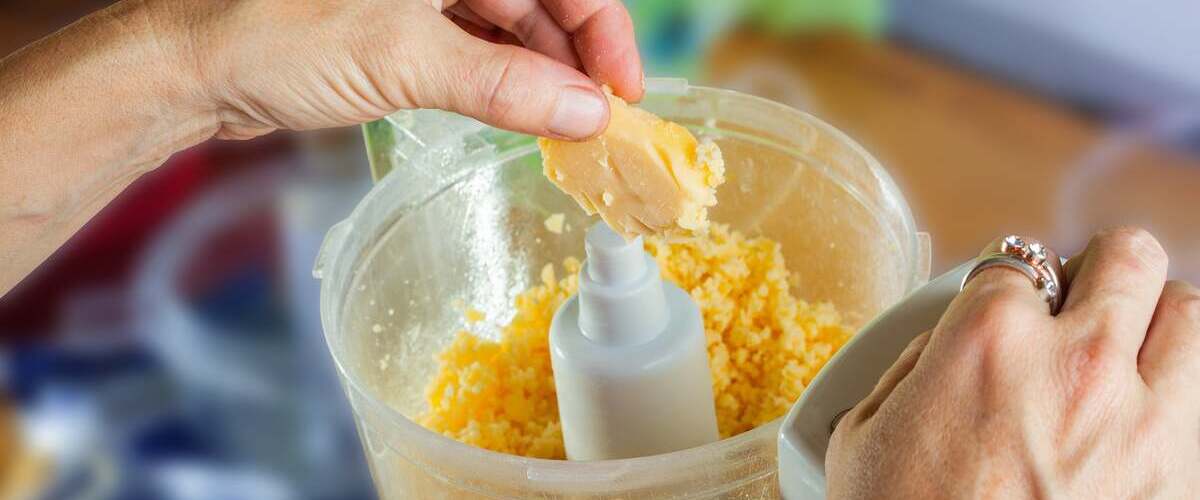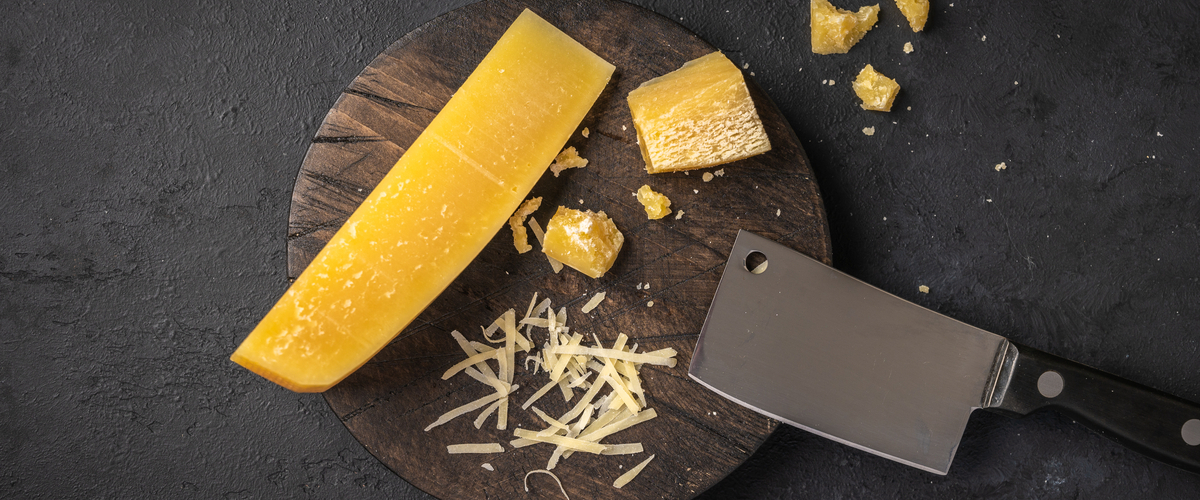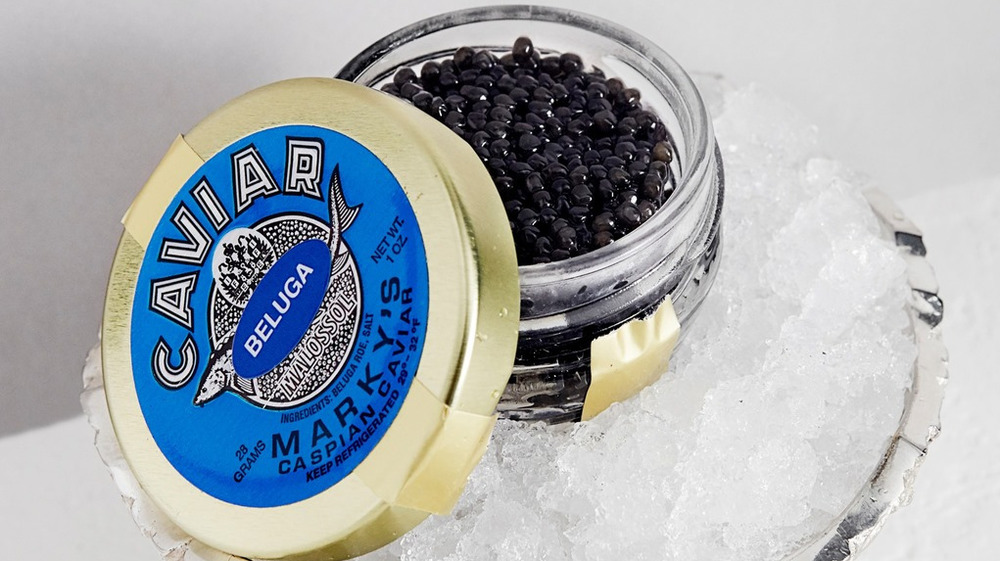Grating Cheese - How to Do it Without Grater, its benefits, and the best types
Do you love cheese but are missing a grater? No problem! You can grate hard cheeses like Parmesan or Romano without a grater. In this blog post, we will discuss the benefits of grating cheese without a grater and will show you how to do it with different types of cheese.
Benefits to grating cheese without a grater.
Fast and convenient
For one, it is much faster and easier. Grating cheese can be a time-consuming task, but without a grater, it's a breeze. Just whip out a knife or use a food processor, and you will have it in seconds
More cheese
It allows you to get more cheese, literally. When you use a grater, a lot of the cheese gets stuck in the grater itself. By ditching the grater, you'll be able to get every last bit of cheese into your dish.
Taste
It simply tastes better – the freshness of the cheese is retained and there are no sharp edges from the grater. Give it a try next time you need to add cheese to a dish.
Safe on skin
It's easier on your hands. Graters can be tough on the skin, so if you have sensitive hands, ditching the grater is a good idea.
Grating Cheese without a grater
Grating cheese using a food processor
If you're looking for a hard cheese that will hold up to being grated, look no further than an Italian variety. Grating hard cheeses can be difficult and time-consuming, but if you have a food processor it's a breeze.

Here's how to do it:
-First, cut the cheese into small chunks that will fit easily into your food processor. If the chunks are too large, they won't grate evenly.
-Second, place the cheese in the food processor and pulse it until it's finely grated.
-Be careful not to keep the processor running for long, or you'll end up having a cheese paste!
If you're using a hard cheese like Parmesan, it's best to grate it using a food processor. THis ensures you get the most consistent results.
Grating cheese with a knife
If you're looking to up your cheese game, it's time to learn how to grate hard cheese using a knife. While graters are the traditional tool for hard cheese, using a knife is actually much easier (not to mention less messy). Here's how to do it:

-First, cut the cheese into thin slices.
-Then, stack a few slices on top of each other and hold them together with your non-dominant hand.
-Using a sharp knife, start shaving the cheese into thin strips.
-Keep going until you have a nice pile of cheese shavings.
Note: This method takes a bit of practice, but it's definitely doable.
There you have it! Now you know how to grate hard cheese using a knife like a pro.
How to choose the best type of cheese for grating
So, now that you know how to grate hard cheeses without a grater, which type of cheese should you choose?
Parmesan and Romano cheeses are two of the hardest cheeses available, making them perfect for grating. While these cheeses can be used in a number of ways, they're especially well-suited for dishes that require a strong flavor. Whether you're looking to add some extra flavor to your pasta or want to top your salad with a cheesy crunch, Parmesan and Romano are both excellent choices.
If you're looking for a cheese that's a bit milder, however, you may want to try cheddar or gouda. These cheeses are still quite hard, but they have a more subtle flavor that can be easily overpowered by other ingredients. When using these cheeses in a dish, it's best to pair them with other milder flavors.
Italian cheeses like Pecorino or Grana Padano are also excellent choices for grating over dishes like pasta. Both kinds of cheese have a strong, nutty flavor that pairs well with hearty dishes like pasta carbonara or amatriciana.
And if you're looking for something truly unique, check out our fine collection of cheeses for hard-to-find cheeses from all over the world.
And remember with a little practice, you'll be grating like a pro in no time!
You can also learn about the cheese you can have even if you are lactose intolerant here!






